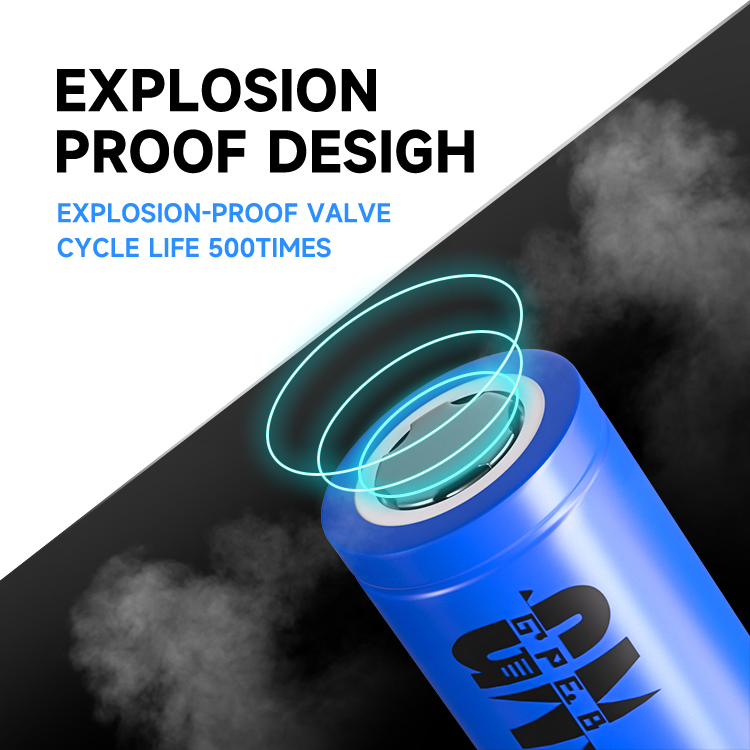


18650 lithium battery core type difference
It is the same
whether the lithium battery is marked 3.7V or 4.2V. It's just that the
manufacturer's label is different. 3.7V refers to the platform voltage
(i.e. typical voltage) that is discharged during battery use, while 4.2V
refers to the voltage when fully charged. The common rechargeable 18650
lithium battery has a voltage of 3.6 or 3.7v, and it is 4.2v when fully
charged, which has little to do with the power (capacity). The
mainstream capacity of 18650 batteries ranges from 1800mAh to 2600mAh,
(18650 power battery capacity Most of them are 2200~2600mAh), and the
mainstream capacity even has a capacity above 3500 or 4000mAh.
It
is generally believed that when the no-load voltage of a lithium
battery is lower than 3.0V, it is considered to be out of power (the
specific value depends on the threshold value of the battery protection
board, for example, it can be as low as 2.8V or 3.2V). Most lithium
batteries cannot be discharged with the no-load voltage below 3.2V,
otherwise over-discharge will damage the battery (generally, lithium
batteries on the market are only used with protection boards, so
over-discharge will also cause the protection board to fail to detect to
the battery, making it impossible to charge the battery). 4.2V is the
highest limit voltage for battery charging. It is generally believed
that the lithium battery is fully charged when the no-load voltage is
charged to 4.2V. During the battery charging process, the battery
voltage gradually rises from 3.7V to 4.2V, and the lithium battery
cannot be charged. Charge the no-load voltage to above 4.2V, otherwise
it will damage the battery. This is the special place of lithium
battery.